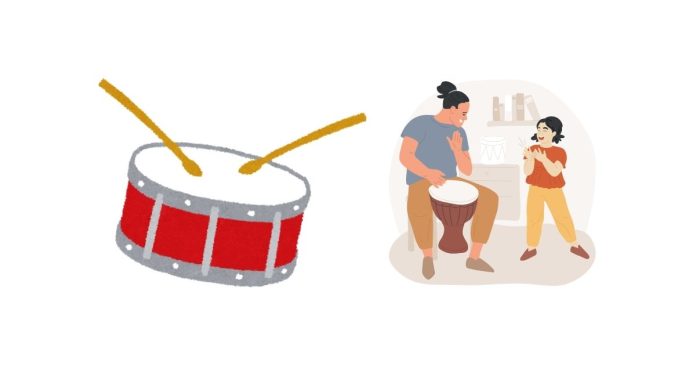Rhyme is an essential part of poetry, music, and language, creating rhythm and harmony in spoken and written expression. But what happens when two words seem similar but don’t perfectly align in sound? Take the words “cut” and “cup”—do they rhyme? Let’s delve into the details to find out.
What Makes a Rhyme?
A rhyme occurs when two words share the same vowel and ending consonant sounds, typically at the end of the word. The closer the sounds match, the more likely they are to form a perfect rhyme. For example:
- Perfect rhyme: Words like “cat” and “hat” sound identical in their final syllables.
- Near rhyme: Words like “cut” and “hut” are close but slightly different.
- Eye rhyme: Words like “cough” and “though” look like they should rhyme but don’t when spoken.
Breaking Down “Cut” and “Cup”
Phonetically, these words differ slightly, even though they appear similar:
- “Cut”: Ends with the /ʌt/ sound.
- “Cup”: Ends with the /ʌp/ sound.
While they share the /ʌ/ vowel sound (as in “up”), their final consonants /t/ and /p/ differ. This subtle distinction means they don’t form a perfect rhyme.
Are They Near Rhymes?
Yes, “cut” and “cup” can be considered near rhymes because their vowel sounds are identical, and the final consonants are similar but not identical. In creative contexts like songwriting or poetry, near rhymes are often used intentionally to maintain flow or evoke a particular feeling.
Why Does It Matter?
Understanding rhymes and their nuances enriches our appreciation of language’s artistry. While “cut” and “cup” don’t rhyme perfectly, they demonstrate how slight differences in sound can create unique effects in spoken or written word.
So, do “cut” and “cup” rhyme? Not in the perfect sense, but their shared vowel sound makes them a solid example of a near rhyme. This distinction might seem minor, but it’s a powerful tool in creative expression.
Have you encountered other word pairs that sound close but don’t quite rhyme? Share them in the comments and let’s explore the beauty of language together!


